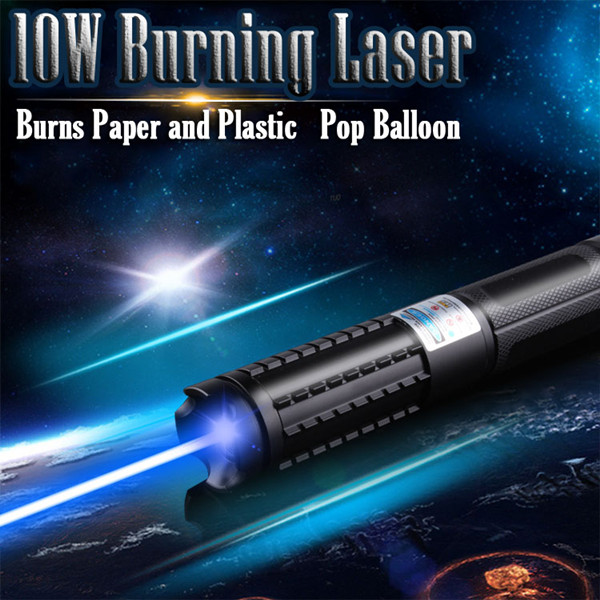More than ten years ago, a large group in Lyon, France, showed in the laboratory that when the filaments generated by ultrafast laser pulses passed through the fog, they did not decay as much as expected because when the filament itself was blocked , It absorbs energy from the surrounding "photon bath" to supplement the energy in the light.
Now, researchers from the University of Geneva in Switzerland and TRUMPF in Germany are using the optical filament produced by the picosecond laser pointer to create a path through the fog in the laboratory again. This path may allow other types of laser beams not to Obstacles through fog and clouds. This “accessible path” created by picosecond lasers in fog or clouds has many potential applications, including free-space communications, remote sensing, or more profound changes to local weather.
The shock wave clears the droplets. In the experimental device, a disk laser is used to generate pulsed light with a duration of 1.3 ps, a wavelength of 1030 nm, and an energy of 100 mJ. The output light is slightly focused into a 40 cm long mist chamber. The repetition frequency of the laser varies between 100~1000Hz, and the average output power is 10~100W.
The mist is blown onto the laser beam through the exhaust port, providing a total mist path of about 50 cm for the beam. The mist itself consists of droplets with an average size of 5 μm, but its concentration is about 100 times higher than the concentration of a typical outdoor mist.
The femtosecond laser produces three to four optical filaments, which carry approximately 15% of the total beam energy (the remaining light provides a photon bath). Image the beam onto a screen and then image it through a CCD camera with an optical filter that completely blocks the continuum of shorter wavelengths produced by nonlinear optical interactions in the air, but only partially blocks the fundamental wavelength .
The transmittance of the light beam passing through the fog is 0.1% at a repetition frequency of 100 Hz and 32% at a frequency of 1000 Hz. At a higher transmittance, the fog is eliminated on the entire beam path, not just the path of the filament itself. The researchers hypothesized that the energy deposition in the droplets in the optical filament creates a decompression (0.5 atm) channel, and shock waves are generated in the air, ejecting droplets from the optical filament and a larger beam path.
Although the repetition frequency is the pulse in the green laser pointer beam, which can remove droplets from the beam path to some extent, the time between pulses is long enough so that the droplets in the beam are replenished between pulses. However, a beam with a repetition rate of 1000 Hz will produce a stable state, which will allow the droplets no time to re-enter the beam path between pulses.

